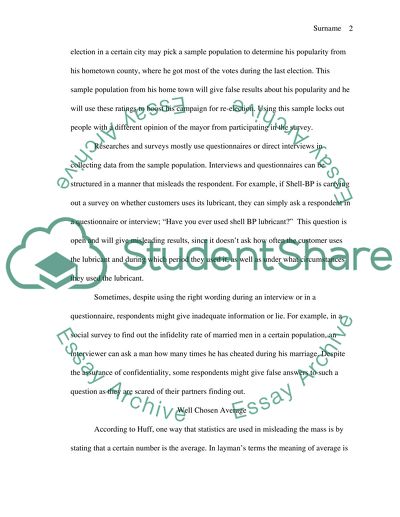Cite this document
(“How to Lie With Statistics by Darrell Huff Book Report/Review”, n.d.)
How to Lie With Statistics by Darrell Huff Book Report/Review. Retrieved from https://studentshare.org/statistics/1438716-how-to-lie-with-statistics-by-darrell-huff
How to Lie With Statistics by Darrell Huff Book Report/Review. Retrieved from https://studentshare.org/statistics/1438716-how-to-lie-with-statistics-by-darrell-huff
(How to Lie With Statistics by Darrell Huff Book Report/Review)
How to Lie With Statistics by Darrell Huff Book Report/Review. https://studentshare.org/statistics/1438716-how-to-lie-with-statistics-by-darrell-huff.
How to Lie With Statistics by Darrell Huff Book Report/Review. https://studentshare.org/statistics/1438716-how-to-lie-with-statistics-by-darrell-huff.
“How to Lie With Statistics by Darrell Huff Book Report/Review”, n.d. https://studentshare.org/statistics/1438716-how-to-lie-with-statistics-by-darrell-huff.


